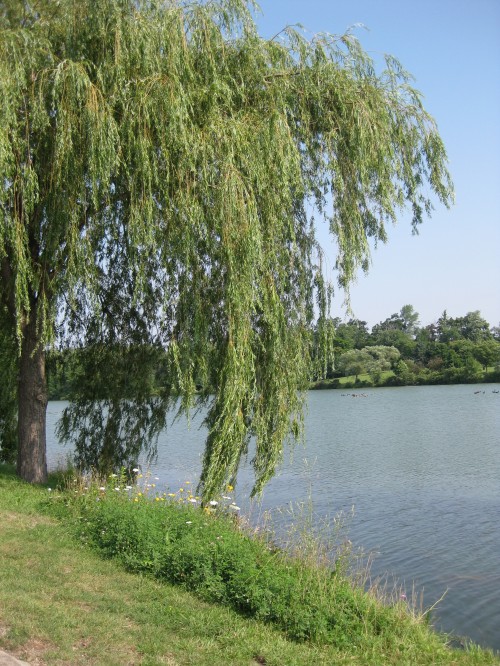Buff-a-FLO
 Visiting Buffalo to see the work of Olmsted and Vaux. They designed five of this city’s parks. Amazing thing is, 131 years after they first began planning them, not only do these parks still exist, but they remain vital places.
Visiting Buffalo to see the work of Olmsted and Vaux. They designed five of this city’s parks. Amazing thing is, 131 years after they first began planning them, not only do these parks still exist, but they remain vital places.
Originally, Buffalo’s city elders wanted a single large park, like New York’s Central Park. Instead, Olmsted & Vaux suggested a park system, a group of interrelated parks each with separate uses. Delaware Park –the gem of the Buffalo system – was to be a place for quiet contemplation. Parade Park – rechristened Martin Luther King Jr. Park – was the place for, well, noisy parades.
To connect their Buffalo parks, Olmsted & Vaux came up with another brilliant innovation. They laid out a series of wide boulevards and planted them thickly with trees. This made it possible to move between parks in the system, but still maintain a green-space ambience while traveling. And what did Olmsted and Vaux call these boulevards? “They coined the term parkway,†explained Dr. Francis Kowsky, guide for my park tour, and author of an acclaimed biography of Calvert Vaux.
During my visit, it became clear that the separate use of the parks within the system no longer holds. One isn’t used for parades, while another is used for contemplation. Still, the fact that Olmsted and Vaux designed five separate parks means that diverse Buffalo neighborhoods are accessible to nicely landscaped green spaces. The only park that has really suffered with the passage of time is Front Park, situated on Niagara River. It’s been carved up by a gaggle of feeder ramps for the Peace Bridge that crosses to Canada.
The parkways that connect the parks are still incredible, too. Of course, they’ve been repaved to accommodate car rather than carriage traffic. Following Lincoln Parkway onto Chapin Parkway, under a canopy of trees the whole way, and down a now-paved old bridal path and right into Delaware Park – what an experience! Buffalo has a rep as a hard-luck rust-belt town, but I saw a whole other side.